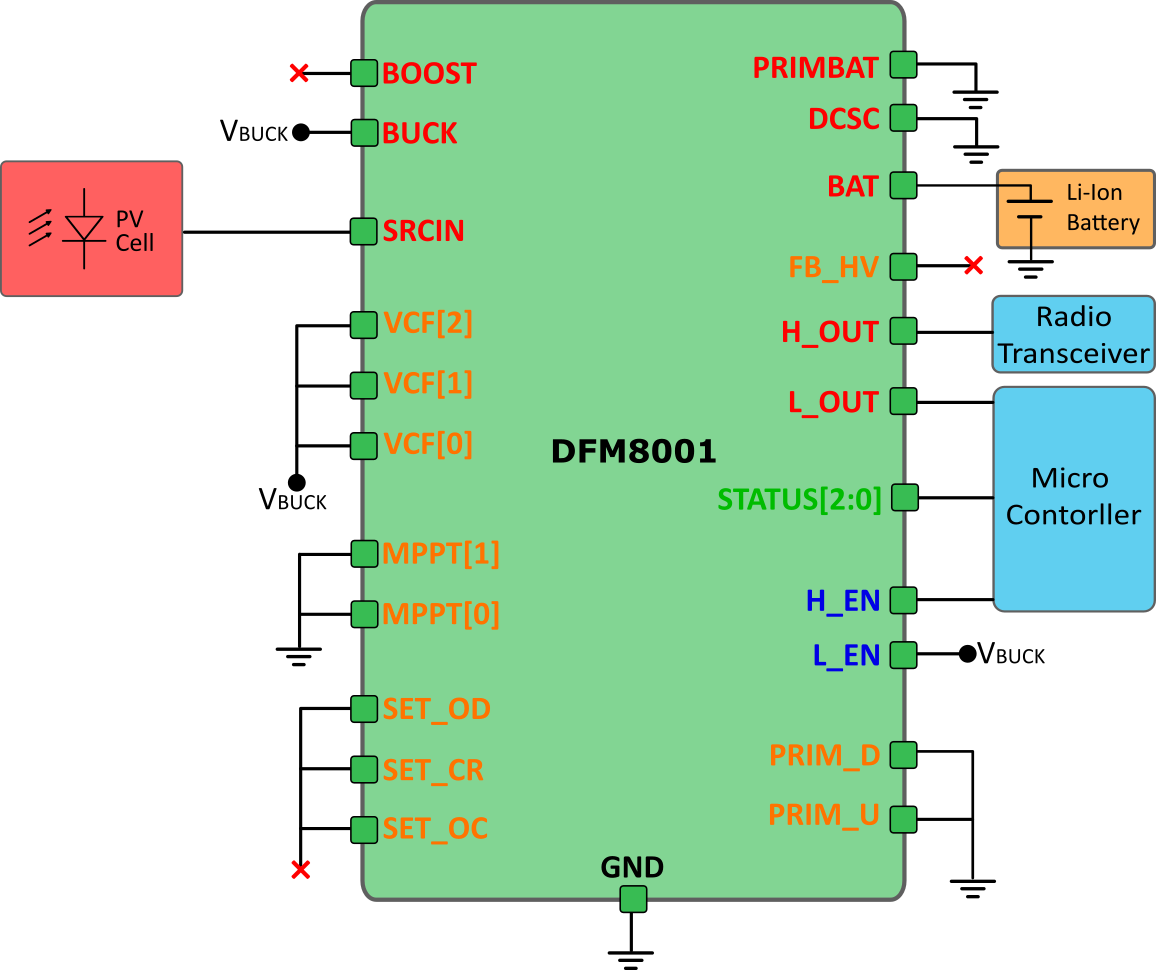Introduction
The Internet of Things (IoT) technology has deeply integrated into our lives and work, from various smart appliances in smart homes to safety monitoring equipment in factories. When using and managing these devices, we expect them to be free from the hassle of frequent maintenance. For example, smart doorbells require regular battery replacements, affecting user experience, and some devices installed in high places or inside enclosures have extremely high maintenance costs for battery replacement. To address these issues, the core components in IoT systems, such as sensors, controllers, and wireless communication units, are continuously developing towards low power consumption. This aims to mitigate the decline in user experience, increased maintenance costs, and environmental pollution caused by battery replacements. While significant progress has been made in reducing power consumption, the fundamental problem remains unsolved: batteries still deplete over time. How can we ensure that the battery never runs out of power?
In the natural environment, there are abundant sources of energy such as mechanical, thermal, solar, and radio frequency energy. Effectively harnessing these energy sources to power devices would provide a continuous flow of energy to the devices. However, these energy sources are influenced by factors such as geographical location and weather, exhibiting characteristics of weak and unstable energy, making it difficult to utilize effectively. DFRobot's Ambient Energy Harvesting Module addresses this challenge by efficiently collecting and storing energy ranging from weak to microwatt levels. The module features dynamic MPPT tracking, which regularly monitors the status of input sources and adjusts to the maximum power point to ensure efficient collection of weak energy. Moreover, the module integrates functions including charge and discharge management, energy storage management, and dual-channel voltage stabilization output.
The DFRobot ambient energy harvesting module DFM8001 integrates necessary components for operation internally. When using it, simply connect the module's configuration pins to GND/Vbuck, and connect energy harvesting devices, energy storage devices, and electrical devices to construct an ambient energy supply system. The DFM8001 module is particularly suitable for use with amorphous silicon, organic materials, dye-sensitized, and other types of photovoltaic cells, exhibiting excellent energy storage performance even in weak light environments such as low sunlight or indoor lighting.
For the convenience of users to quickly evaluate the performance of the ambient energy harvesting module DFM8001, DFRobot has also introduced the DFM8001 Evaluation Kit. This kit includes the DFM8001 evaluation board, amorphous silicon photovoltaic cells, and a supercapacitor energy storage module, Users can build an ambient energy power system with a simple connection.
Note: To prevent misoperation, please disconnect the energy storage device when adjusting VCF[2]-VCF[0]. When connecting the energy storage device, strictly ensure: the current voltage of the energy storage device < Voc, otherwise it will damage the system.
Note: To prevent misoperation, before configuring to custom mode, the R1-R8 resistors must be soldered first, then adjust the jumper cap configuration, and finally connect the energy storage device.
DFM8001 DataSheet.pdf
-
Specification
- Cold start conditions: Input ≥400mV &15uW
- Sustaining voltage after cold start: 150mV
- Input voltage range: 150mV-5V
- MPPT ratio: 70%, 75%, 85%, 90% (adjustable)
- MPPT auto-detection frequency: Every 5 seconds
- Dual LDO regulated outputs:
- Low voltage: 1.2-1.8V 20mA (with switch)
- High voltage: 1.8-4.1V 80mA (with switch)
- Energy storage management:
- Adjustable overcharge protection: 2.7V-4.5V
- Adjustable over-discharge protection: 2.2V-3.6V
- Compatible with any type of rechargeable battery or capacitor
- Low battery warning
- LDO output availability indication
- Supports single-use backup battery
- Module dimensions: 15x15x3.5 mm
Pinout
Quick Application Block Diagram
For more advanced applications, please refer to the DFM8001 datasheet.
FAQ
For any questions, advice or cool ideas to share, please visit the DFRobot Forum.


